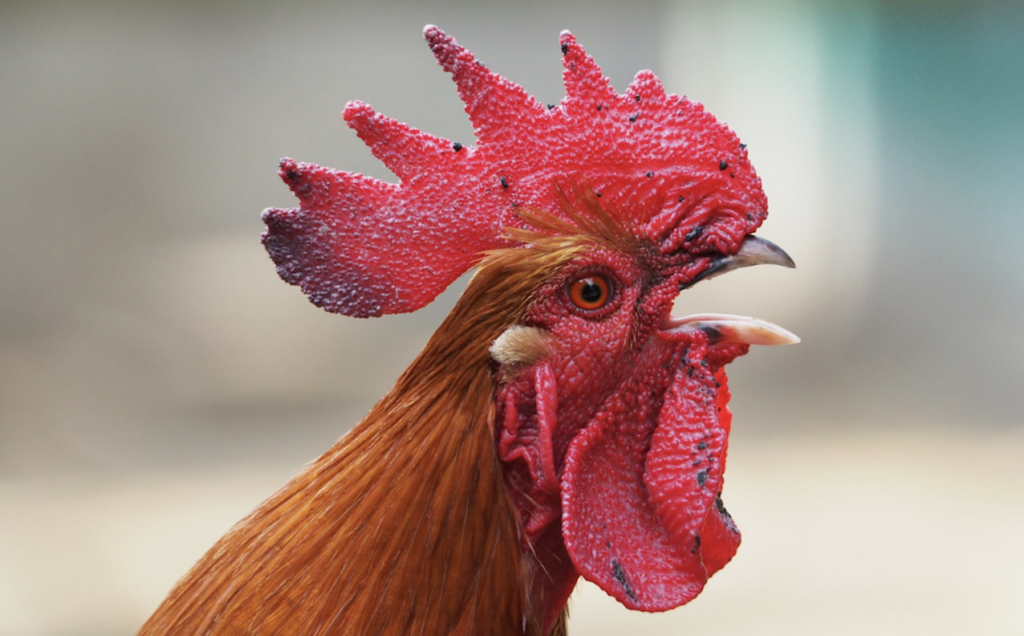By Douglas Goff

I feel the need to explain the concept of chicken catching as it has become all too obvious that most people are not well versed in the methods of capturing our fine-feathered friends. Many people think that just because they are bird brains, they can’t hatch a means of escape. Nay, I say. Most chickens are masters in the art of escape.
The first step in catching a chicken, is of course, to determine that one has escaped. There are two widely accepted methods. This can be accomplished by conducting a headcount, or a roll call. The roll call can be difficult, because the common rank and file chicken appears to have no respect for authority, and they often cluck out of order.
I personally use the headcount method because I only have two hens. If at any point during the count, I do not reach the number two, then I can assume that an unauthorized absence is afoot, and the hunt begins.
That brings us to the second step in chicken catching, which is location. A quick search of the yard usually yields positive results, as chickens do tend to cluck, thus making their attempts at cover and concealment fairly ineffective. The discovery of the chicken escapee leads us to the next step which is organization.
Make no mistake, the third organizational step is the most technical part to a successful capture of a deviant chicken. I suggest a three-person front. I utilize my wife and daughter to complete my offensive unit. This is personal preference, but I place my wife to my left and my daughter to my right and we advance.
The fourth step is the maneuvering phase. You want to advance forward in an arced line, pushing the runaway foul committing fowl into a corner. The trick here is to keep moving forward, keeping the chicken on the defense. A chicken on the offense can break your ranks.
Should the outlaw clucker initiate an offensive move and advance against your line, it could halt your forward progress. In my semi-not-so-professional observations I have noticed that if the offending chicken rushes a smaller child, said child will usually break and run, leaving your flank exposed!
You must be prepared to shift left or right should this occur. That is why you should always place the person with the least amount of chicken phobia in the center of your line. This pivot man must be stout of heart and firm of hand, able to stare down an angry charging hen, without flinching or faltering. This key anchor person must be filled with the fighting spirit of, “Not today chicken. Not on my watch!”
So, once you have pushed the chicken into an enclosed corner, you will find that they have a tendency to stick their heads right into the center of the corner, with their behinds pointing towards you. This is, of course, the infamous “If I don’t see them, then they can’t see me” tactic. Do NOT fall for this trick. You CAN still see the chicken!
Now we have reached the fifth and final step, the capture. Approach the chicken, keeping in mind that she can’t see you, and gently but firmly grasp the body of the bird with one hand on each side of the animal. If she is unable to flap her wings then you did a most eggcellent job.
Making contact with both hands at the same time will help keep down on the high number of horrible chicken pecking incidents that occur. You can then safely return the bird to her coup. This is the appropriate time to verbally admonish the offending fowl, helping her to understand that what she did was wrong. Don’t expect a response as they brood.
In closing, I will leave you with an easy to access, convenient five step chart:
CHICKEN CATCHING:
Step 1 Detect Escape
Step 2 Locate Escapee
Step 3 Organization
Step 4 Maneuvering Phase
Step 5 The Capture
Category: Competition, Featured, Fiction, Short Story